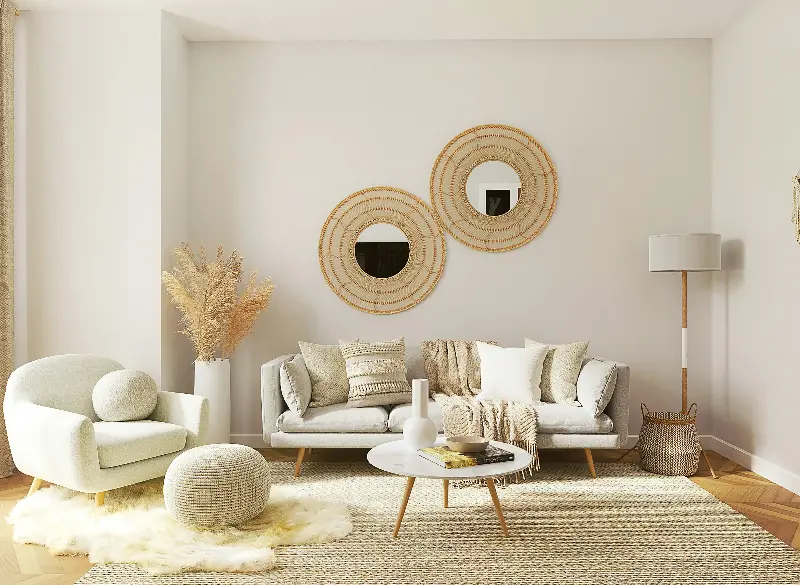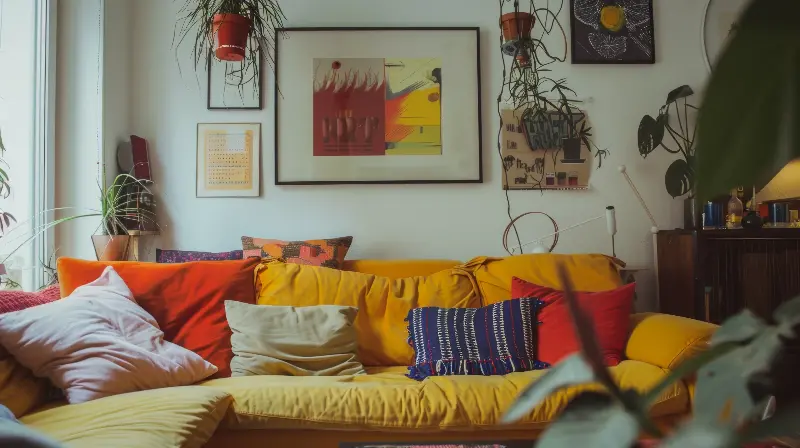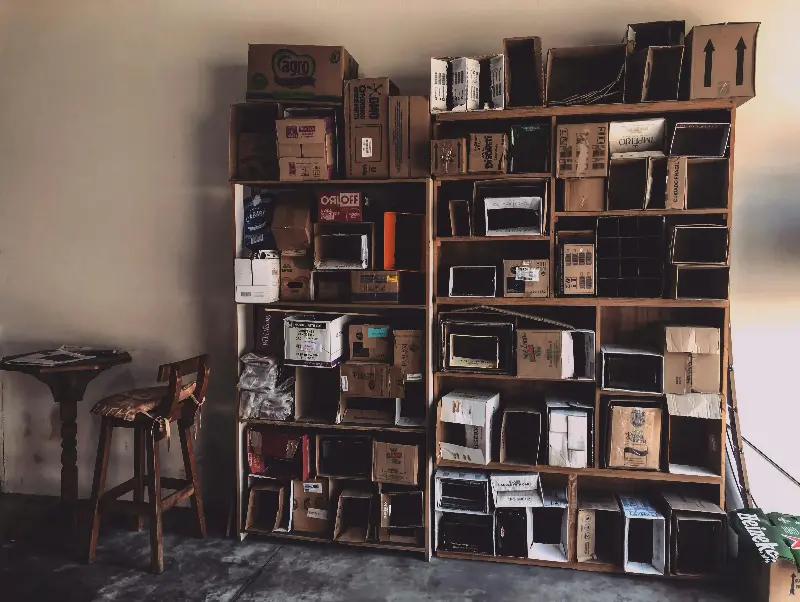
It’s easy to get excited about home decorating and start filling every corner with things you love. But sometimes, the end result isn’t the calm, beautiful sanctuary you pictured. Instead, your space might feel a little off—more hectic than harmonious. Understanding common decorating mistakes can help transform your home from chaotic and cluttered to serene and inviting, no matter your style or square footage. Here’s a closer look at the pitfalls that unknowingly make rooms feel busy, and how you can avoid them for a more polished, restful home.
Overcrowding With Furniture
A common misstep is packing a room with too much furniture. While it’s tempting to use every inch of space for seating, storage, or display, too many bulky pieces can disrupt the natural flow and make even a spacious room feel cramped. Leaving some breathing room around furniture helps create a sense of balance. Try editing down to essentials and opt for pieces that do double duty, like an ottoman with hidden storage or a sleek sofa that fits the scale of your room.

Neglecting Negative Space
Some believe every wall and surface should be covered with art, shelving, photos, or knickknacks. But what you leave blank is just as important as what you display. Negative space—or empty space—allows the eye to rest and helps feature your favorite pieces. Embrace a few unadorned walls or tabletops to let standout items truly shine. This approach also helps your decor look curated rather than chaotic.
Mixing Too Many Styles and Patterns
Eclectic interiors can be stunning when balanced thoughtfully, but competing styles and an overload of patterns can create visual noise. If you mix mid-century modern, farmhouse, and boho elements alongside a whirlwind of stripes, florals, and geometrics, the overall effect can feel overwhelming. To prevent this, unify rooms with a consistent color palette and choose one or two main styles as your foundation. Limit patterns to a few carefully selected pieces to maintain cohesion.
Ignoring Storage Needs
Even the prettiest room feels overcrowded when daily-life clutter like mail, gadgets, toys, or shoes is piled everywhere. A lack of storage can sabotage even the most stylish decor. Integrate attractive storage solutions into each room, such as baskets, built-in shelving, or multi-purpose furniture to keep necessities organized yet accessible. This makes tidying up quick and your space perpetually company-ready.

Improper Lighting Choices
Lighting has a powerful impact on a room’s mood and sense of order. Relying on a single overhead bulb or harsh lighting can cast odd shadows and make spaces feel flat or uninviting. Aim for a layered approach: mix ambient light (like ceiling fixtures) with task lighting (such as desk lamps) and accent lighting (like wall sconces or picture lights). Adjustable dimmers let you tailor the brightness to your activities and add a calm, cozy vibe.
Underestimating the Impact of Color
Color sets the tone for a room, but bold, saturated hues everywhere or mismatched combinations can generate visual unrest. While pops of color invigorate, too many competing shades can feel disorderly. Use neutral backdrops for walls or large furniture and bring in color with smaller accessories—think pillows, artwork, or vases. Limiting your palette makes the look more cohesive and easier on the eyes.
Awkward Furniture Placement
How you arrange furniture is just as important as what you choose. Squashing everything against the walls or blocking pathways hampers circulation and cuts up the room’s flow. Instead, consider conversation zones, float sofas away from walls, and angle chairs to promote interaction. Make sure walkways are clear and each seat has easy access to a table or light source.

Ignoring Scale and Proportion
It’s easy to fall for a dramatic sofa or massive dining table, but pieces that are too large or tiny for the space disrupt harmony. When a delicate side chair is paired with a hefty coffee table, or a tiny rug floats in a large living room, the balance is lost. Measure carefully and visualize how each element will fit before making purchases. Aim for harmony between the size of the room and the scale of your furniture and accessories.
Displaying Everything All at Once
Personal items and decor give a space personality, but filling every shelf with souvenirs, photos, or collectibles creates clutter quickly. Instead, try rotating displays seasonally or grouping sentimental items into cohesive vignettes. Clustering items with similar colors, shapes, or themes looks intentional, while excess can overwhelm.
Skipping Regular Decluttering
Even well-designed rooms get messy without regular editing. Sentimental attachments or busyness make it easy to let things pile up, but unchecked clutter leads to a perpetual sense of chaos. Make a habit of reevaluating what you have—donating or storing what’s not in use—and keeping surfaces more open. This ongoing effort ensures your home stays calming, functional, and genuinely reflects you.
Creating a peaceful, organized home doesn’t require a total overhaul or strict minimalism. By being mindful of these common decorating mistakes and making a few strategic changes, you can turn even the busiest spaces into inviting retreats. Sometimes, less truly is more—the key to a stylish, serene home is knowing what to add, what to edit, and when to let your space simply breathe.
